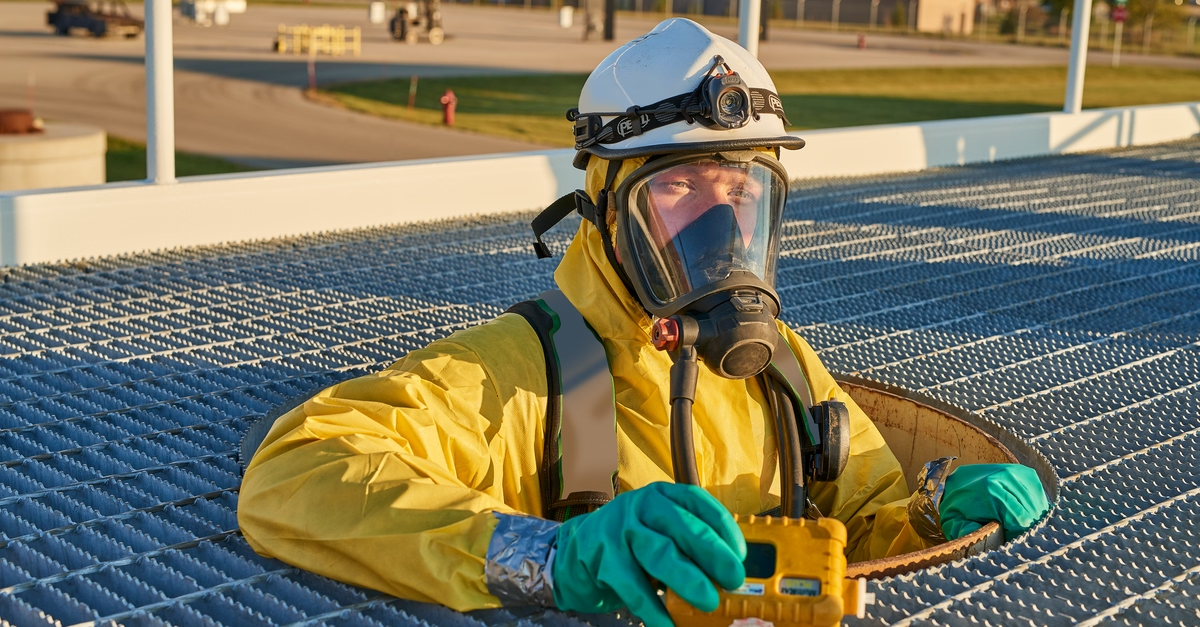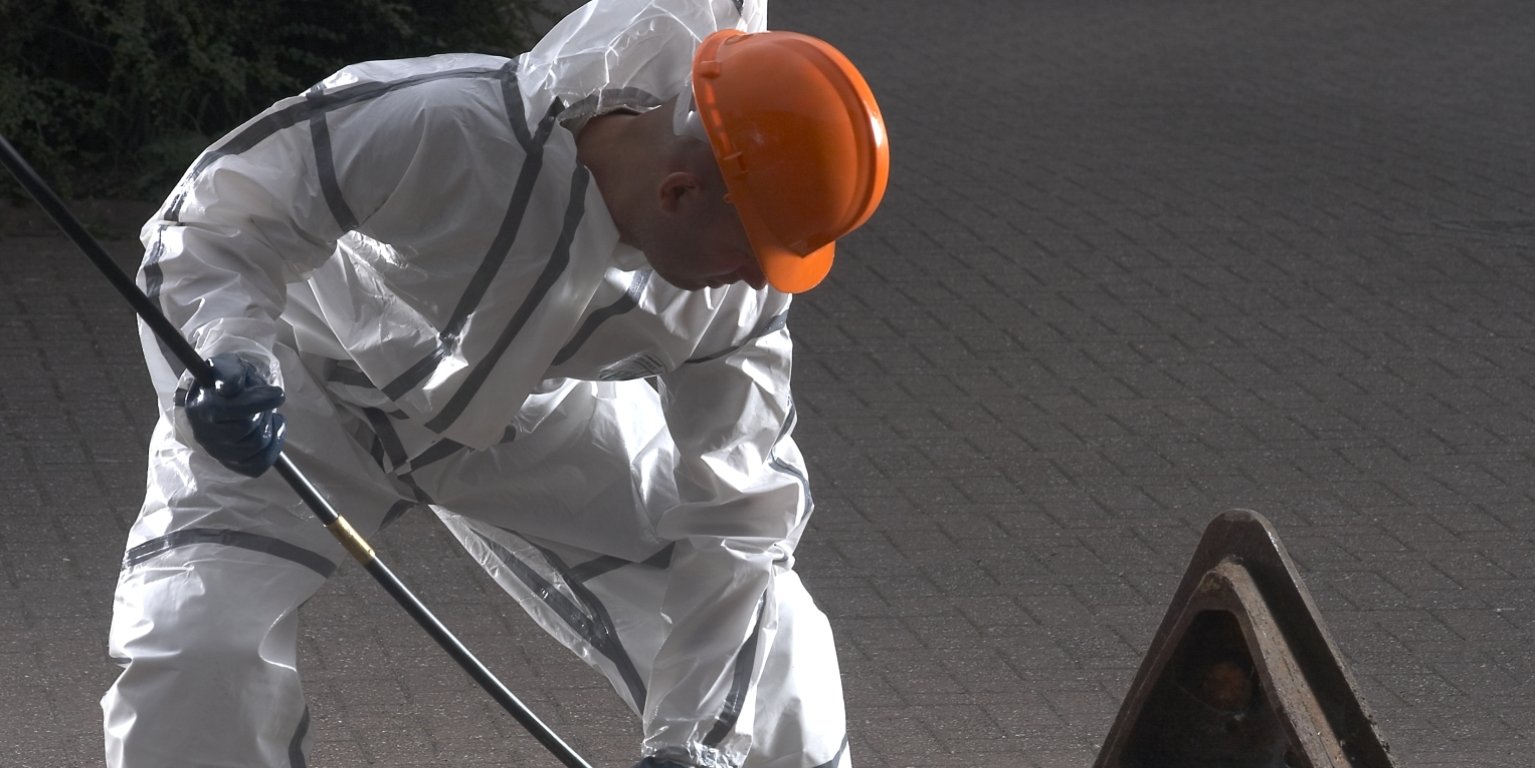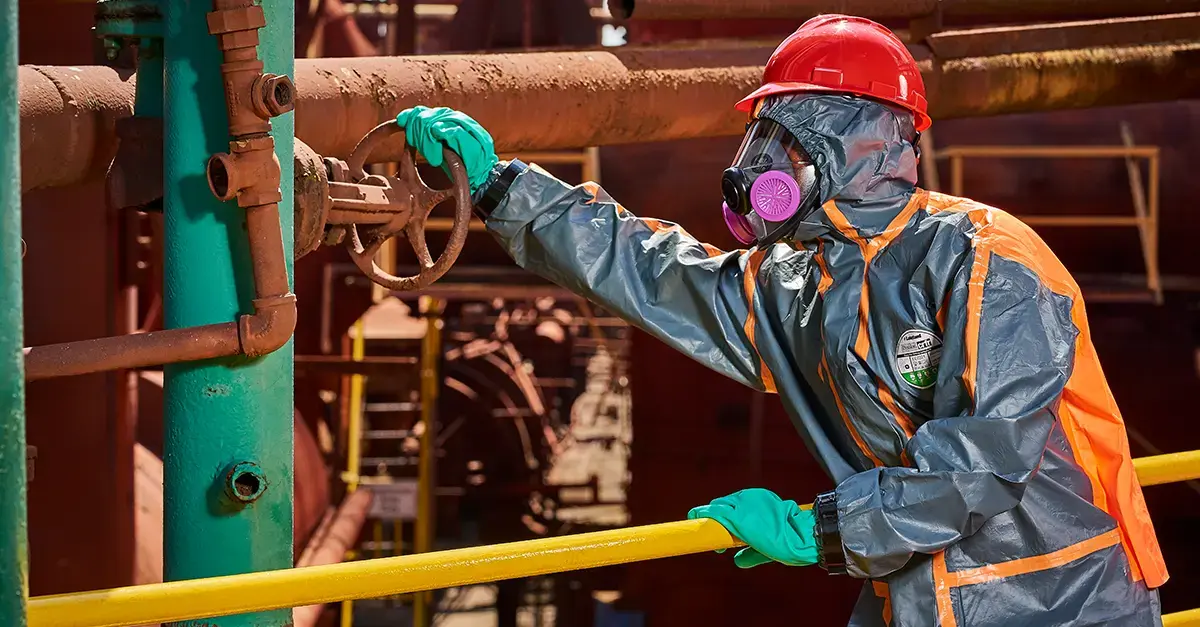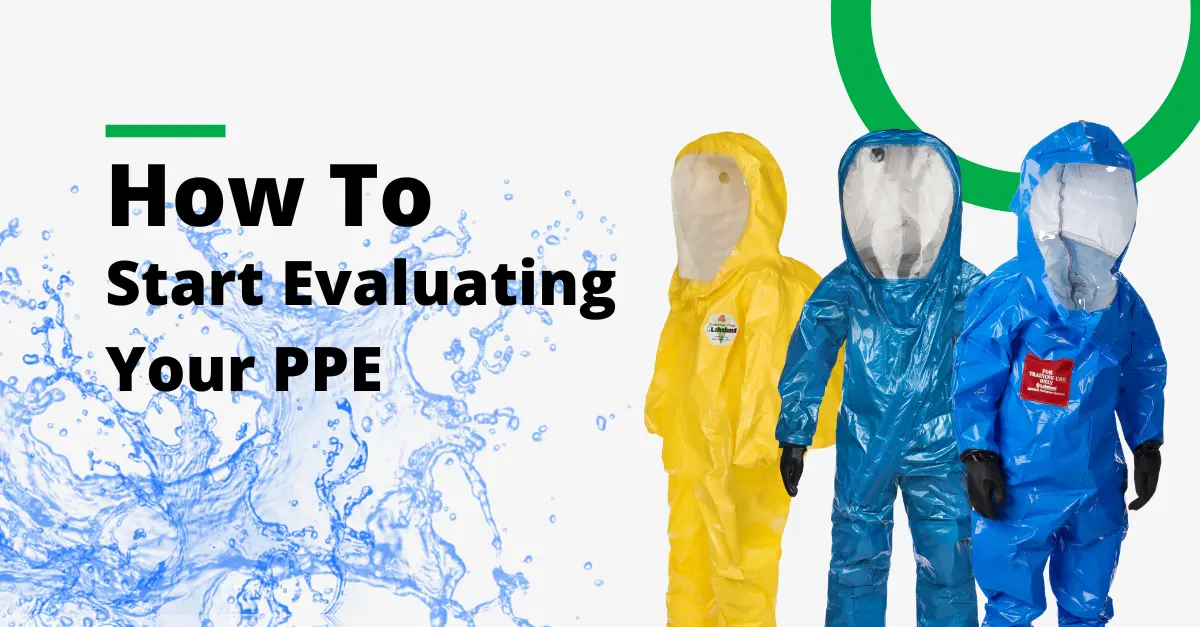When selecting chemical protective clothing, many users place undue importance on the permeation test breakthrough time, often focusing on figures like “>480 minutes” derived from the European (EN 6529) or US (ASTM F739) permeation resistance tests. Users may assume that “>480 minutes” means zero permeation and the safe is not safe to wear.
However, this assumption is incorrect, both US and European standards explicitly caution against it. In the video below, we explore why relying solely on breakthrough times can be dangerous, particularly when dealing with toxic chemicals where even minimal ongoing permeation poses a significant risk.
Below we outlined why this misconception is the case, along with how you should answer the question ” Is this chemical suit safe to wear?”
First, there are three key reasons why normalized breakthrough time from a permeation test cannot be used as an indication that a suit is safe to wear. :
- Limited Scope of Testing: Permeation tests measure only the resistance of the fabric and ignore the likelihood ( especially in the case of vaporizing chemicals) that inward leakage will occur through weaknesses in the suit construction, or through gaps between the suit and other PPE worn ( face-masks, gloves, etc.).
- Misinterpreted “Breakthrough”: “Breakthrough” does not signify when the chemical first “breaks through” the fabric. Instead, it refers to when the rate of permeation reaches a predefined threshold. This means permeation could already be occurring, potentially for the entire 480 minutes, at a rate below the defined threshold.
- Impact of Temperature: Temperature significantly affects permeation rates. A mere 10°C (18°F) increase can double the rate of permeation. Since tests are conducted at standardized conditions (23–27°C or 73.5–80.5°F), they fail to account for real-world environments where suits may be exposed to higher temperatures, leading to much shorter breakthrough times.
How To Asses Chemical Suit Safety
Acknowledging that low-level dermal contamination is possible—even likely—is the first step toward understanding how to ensure worker safety. The most common configuration for a chemical suit is a coverall with a hood. Wearing this, even if the fabric is an effective barrier, some level of inward leakage through any gaps between the suit and other PPE worn is almost inevitable. Short of wearing a fully gas tight suit, some low-level dermal contamination should be expected, especially if the chemical is one that vaporizes easily.
To minimize risk, it’s crucial to evaluate two key factors:
- Cumulative Leakage Volume: Estimate the total inward leakage over time, including both permeation through fabric and gaps in PPE.
- Chemical Toxicity Threshold: Understand the volume of exposure that could result in harm and ensure the wearer is never exposed long enough to reach that threshold.
The Lakeland Safe-Wear Time Report
Until now, accessing the data needed for such evaluations has been nearly impossible. That’s where Lakeland’s Safe-Wear Time Report comes in.
Our new Safe-Wear Time Report is now available on request from our permeation data page. It includes both permeation test data and Safe-Wear Times as calculated by our unique PermaSURE app. This uses molecular modeling to assess permeation, suit protection factors to assess whole suit inward leakage, and a database, developed by the US government, of the most advanced chemical toxicological data available. The combination enables the calculation of the Safe-Wear Time – the maximum time a wearer should remain with potential exposure in a specific suit against a specific chemical – and for over 2000 chemicals.
You can request a Safe-Wear Time Report here.



